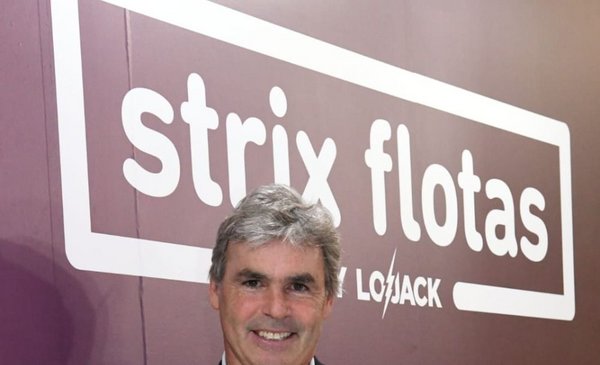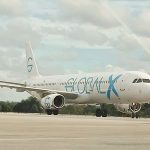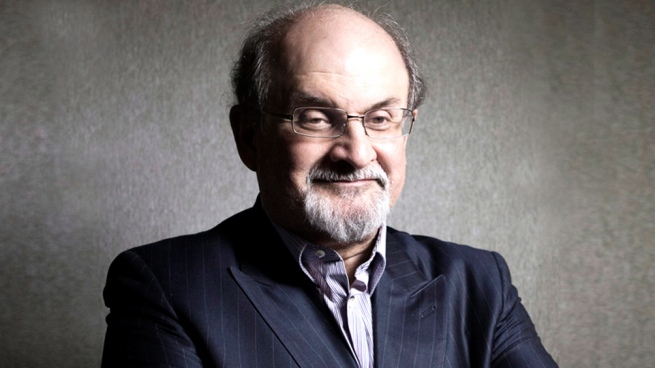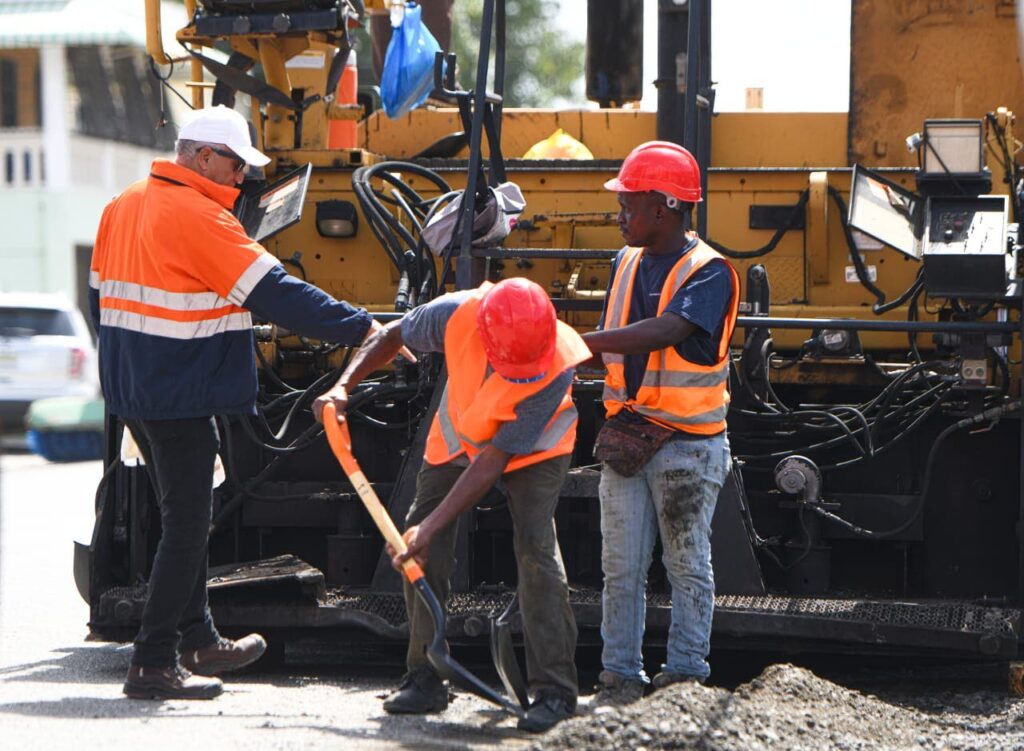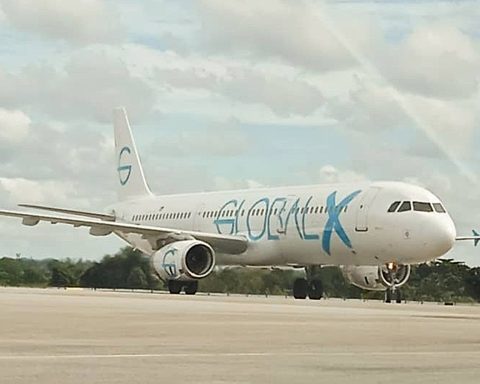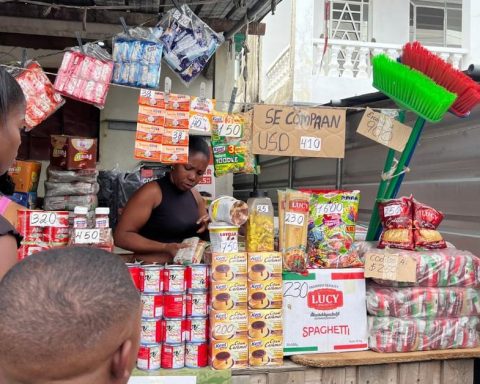A 180 degree turn in the business model. That was what Lo-Jack carried out, the firm that combined its entrepreneurial DNA with technological innovation. Historically, the company from the United States has positioned itself as a benchmark in car tracking through the installation of hardware. But, over the years, the franchise, which has been run by the Mackinlay family in Argentina since 1998, has positioned technology at the heart of its business. This evolution led the firm to incubate Strix, a new brand of its own that integrates new functionalities into car tracking and also allows the connection of the home alarm and different mobile devices. In addition, the company strengthened its alliances with the insurance sector. With the same imprint, the company —present in Uruguay since 2006— intends to be a strategic ally for insurers, a commitment that has already begun through an agreement with the State Insurance Bank. At the same time, it projects its greatest growth in the logistics business.
Strix Flotas, its most recent launch, required more than two years of work and US$3 million in investment. “For Uruguay we project an investment of US$ 2.5 million for 2022, 2023 and 2024”, assured the CEO of Lo-Jack for Latin America, Carlos Mackinlay Jr., in the framework of the presentation of this solution at the Expo Logisti -k from Buenos Aires. Below is a summary of the exchange between the owner of the company and Coffee & Business.
How were your beginnings and your first contact with LoJack?
I started at Lo-Jack in January 2004. Lo-Jack is a family business, there was a previous licensee, but my father took over from 1998. I was making a career in a multinational company (Nobleza Picardo), all my career I did it in the marketing area of that cigarette company. After the 2001 crisis, the family business, which was very small – it had 25,000 clients – grew. At that time we started focused on recovering vehicles. There were many opportunities in the area due to the high accident rate that was unleashed after the crisis in Argentina, particularly due to theft. We began to make large agreements with insurance companies to be able to recover, thanks to our technology, those stolen vehicles. That was our beginning. As the years went by, we began to develop new business units, for example, the logistics unit, of which today we are absolute leaders in Argentina and in the region. Then we entered the home alarm business and later we focused on the B2C business (business to consumer, from business to consumer, in Spanish), aimed at the end customer. That growth prompted regionalization. This is how in 2007 we landed first in Uruguay with a successful test, and we continue to do very well. Two years later we arrived in Chile. Then we made an attempt in Brazil, but being a very large country, we left it for another time. Today we consider other countries, such as Colombia and Paraguay, to continue the expansion. We currently have close to 750,000 clients in the region.
What is the fastest growing business axis?
The business at the beginning was very focused on hardware. Between 2004 and 2017 we were looking for smaller and smaller hardware, easier to install, everything was focused on that and we worked with radio frequency. When the technology evolved and GPS came along, the costs came down and we started using it. The big difference is that with radiofrequency the device is asleep in the vehicle and is only activated with the warning, GPS is bidirectional and permanently transmits the signal. From that moment on, the most important thing became the software and the data. Today we process 1,800 data per second, more than 2.2 billion signals per month. The most important asset we have is data and in order to add value to that data we became a software company. Today we are much more a software company than a service company. From this data we create a platform, like the one we are launching here, which has a very high storage and performance capacity to work with this data and the possibility, through artificial intelligence, of preparing reports or establishing behavior patterns that serve to give more tools to our customers. We had to adapt to another business and our team had to acquire other skills. Likewise, since before the pandemic we began to take practices from technology companies that would allow us to grow. Today we are in a new stage, which is digital acceleration, and we are a company that works 100% remotely in Argentina, in Uruguay and Chile we are moving towards that side and working by objectives.
What is Lo-Jack’s annual turnover and how much does the Uruguayan market represent?
The company will invoice this year in the region some US$ 60 million. The regions have an increasingly important turnover, both Uruguay and Chile are beginning to take a large volume. Today they represent more than 14% of turnover, but in two years we expect it to be close to 20%. We project that Uruguay and Chile will grow faster than Argentina and take more participation in the volume of the company. In Uruguay we are very strong in logistics, in transport companies and the same thing that happened in Argentina is beginning to happen, which is growing through our new Strix brand. We have many inquiries from carriers of all sizes, we are installing twice as many as in the pre-pandemic, and we plan to double our client portfolio in the country in the next two years.
How many clients do you have in Uruguay?
We have 15 thousand clients.
What investments do you have planned for this country?
The largest investment is the platform, which until now has required US$ 3 million, an own innovation team and, in addition, we subcontract technology companies that develop for us. Likewise, we plan to invest as much in the next three years. Lo-Jack’s projected investment for Uruguay is US$2.5 million for 2022, 2023 and 2024.
Does the instability in Argentina lead you to focus the business on other countries, such as Uruguay?
Totally. Argentina’s instability must be managed, it is not a desired context, it does not favor projection or long-term investment, but since we have other countries that we can capitalize on, such as Uruguay and Chile, we are also encouraged to make investments in this type of software because we are sure that we will be able to amortize it and promote it in the region.
Is one of your main clients in Uruguay the Insurance Bank?
Yes. We have closed an agreement with the State Insurance Bank that represents more than 50% of all insured vehicles in Uruguay, so it is a very important agreement. We are in a first stage, in which they give us vehicles that they select based on the accident rate; It was a very successful test and we are waiting for an expansion that will allow us to advance to more segments, I think it will be soon. We have a very high recovery efficiency, more than 90%, so normally for every peso that the company pays us, we recover two; that is, we give you a 100% monthly return on the capital invested. Financial business is very important. In addition, the companies can reduce the accident rate because that vehicle that was going to be stolen, we recover it, and they do not have to pay for it.
Do you plan to increase the client portfolio in the insurance sector?
We are in talks, but nothing concrete yet. There are many business opportunities. We work hard in the insurance industry, in logistics and also direct to the consumer. In fact, we are creating an e-commerce site where our services can be contracted 100% from the web. I think that by the end of the year we will be presenting it in Uruguay.
What services does Strix offer?
First, to have real-time control of where the vehicle is. From there you can set safe or unsafe areas and if you enter or leave there sends an alert; you can activate, for example, the parked mode and if the vehicle moves it sends an alert. You can determine maximum and minimum speeds that warn you if, for example, your child exceeded the speed indicated.
For fleets, in the logistics world, it provides data about the behavior of the drivers, how the truck is handled so that the tires do not wear out, for example. Through the detection of patterns, it allows analyzing the behavior of the driver when driving. They are tools that aim at logistics efficiency, and efficiency is money, and it is also a very important competitive differential.
